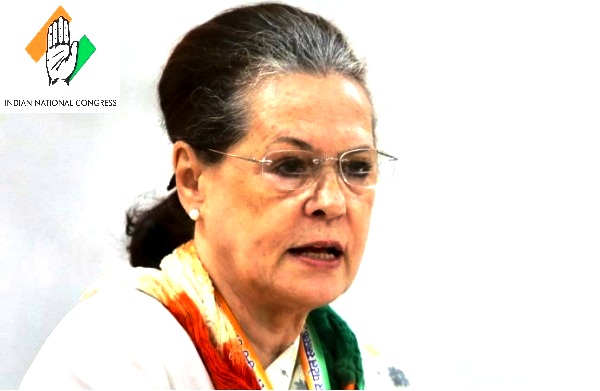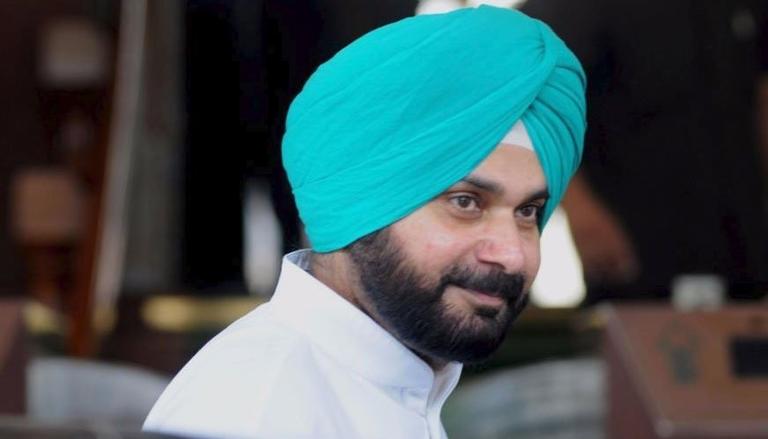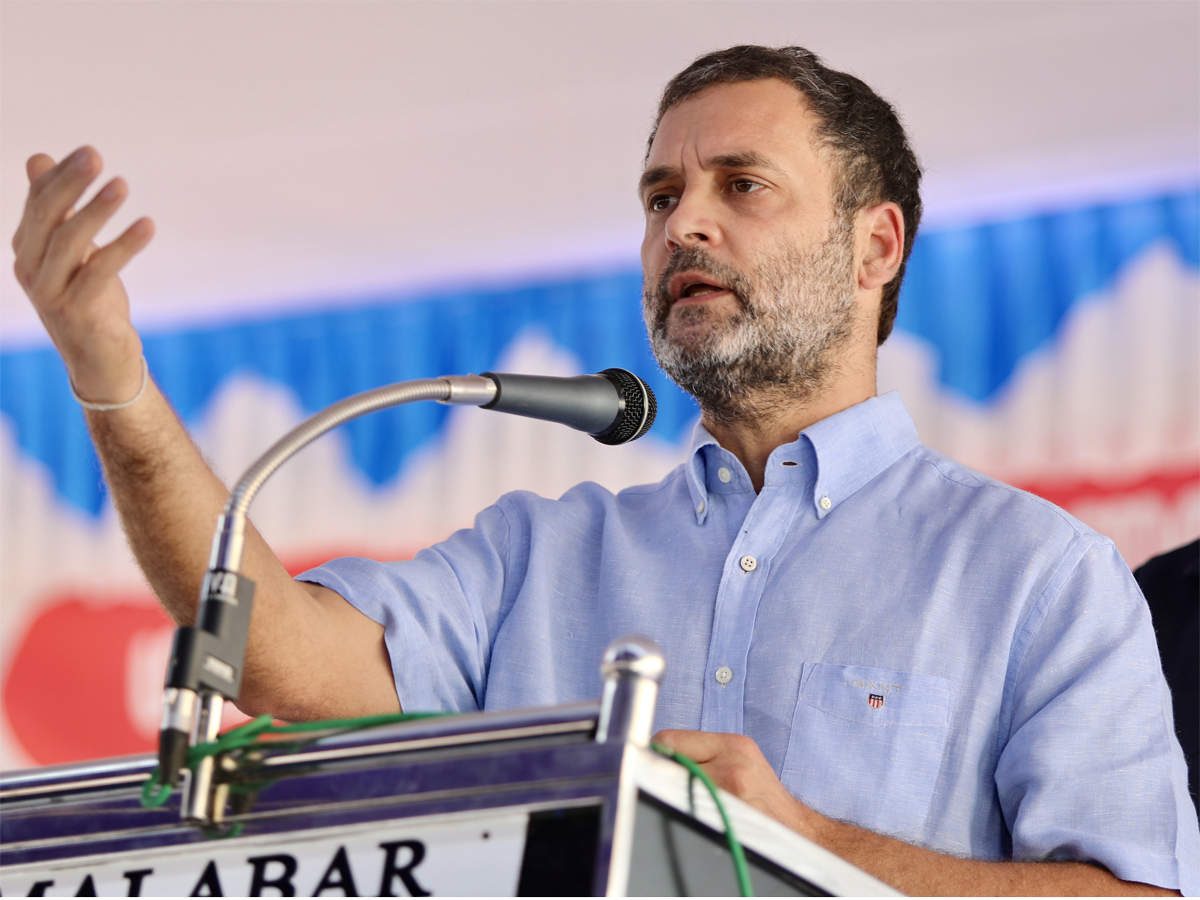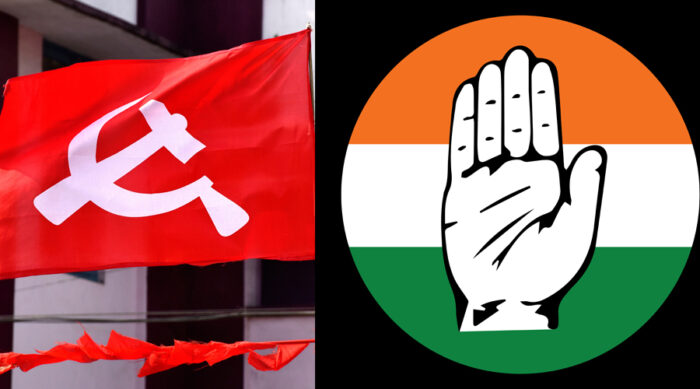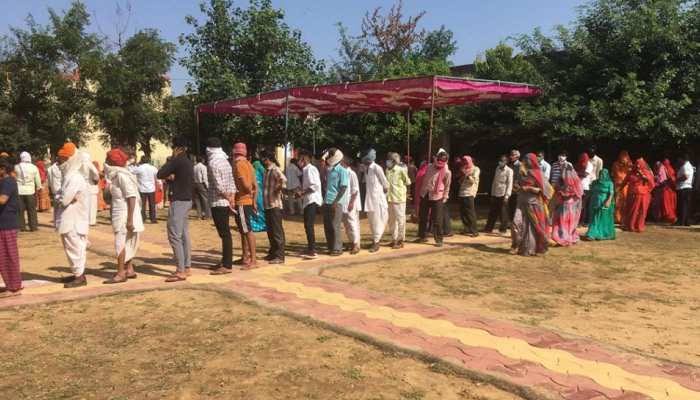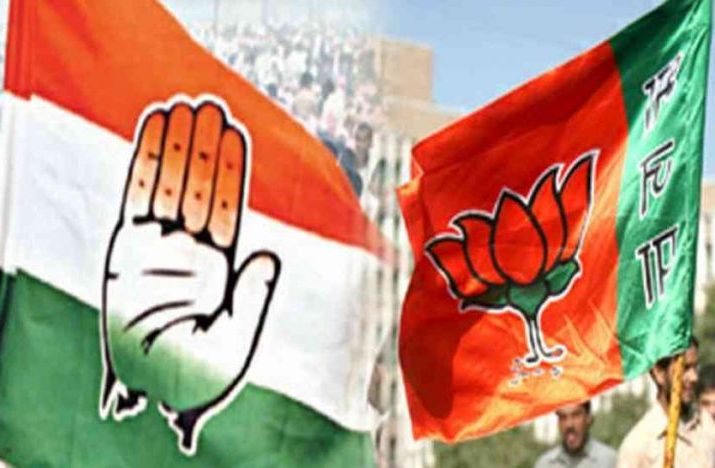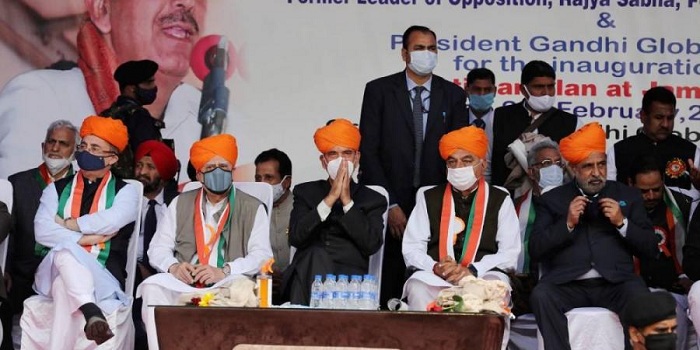In Assam election, as many as 264 candidates from different political parties including Independent candidates will contest in the first phase of polling.
As per data in the State Election Commission, there are a total of 81,09,815 registered voters in the first-phase of polls. Altogether 946 candidates are in the fray for the three-phased election to the 126-member Assam Legislative Assembly. The vote counting will be held on May 2.
The Congress, which ruled the state for 15 years from 2001 to 2016, has changed its electoral tactics and stitched together an alliance to leverage the consolidation of a previously fragmented anti-BJP vote base to recapture power in the state.
BJP used alliances to strengthen its political position and became a dominant player in the state. The party contested 13 out of the 14 Lok Sabha constituencies in the 2014 Lok Sabha elections, and won seven of them. While the Congress was seen as the biggest loser due to the BJP’s rise, & its seat tally came down from seven in the 2009 elections to just three. Congress was not the only party that lost ground due to the BJP’s rise. The Asom Gana Parishad (AGP) suffered a massive fall in its vote share and failed to open its account in the state. The All India United Democratic Front (AIUDF) actually recorded its best performance in the 2014 Lok Sabha, winning the same number of seats as the Congress, despite a smaller vote share.
An Assembly Consituency (AC)-wise disaggregation of the 2014 Lok Sabha results show that the BJP crossed the majority mark in the state on its own. After that, it did not take the risk of going it alone in the 2016 assembly elections, even though the Congress was facing strong anti-incumbency after having been in power for 15 years. The BJP formed a tripartite alliance, including the AGP and the Bodoloand People’s Front (BPF), in which the BJP kept 71% of the ACs for itself. This strategy paid off, and the BJP ended up with a seat share of 47.6% despite getting just 29.5% of the total votes polled. While the BJP’s alliance partners added 26 more ACs to the National Democratic Alliance’s (NDA) tally, giving the NDA a two-thirds majority, they could not match the BJP’s performance. The Congress, which contested the polls on its own, could win only 20.6% of the ACs despite having a greater vote share than the BJP. A comparison of strike rates, which is the “seats won as percentage of seats contested”, and seat share to vote share ratio, a useful metric of a party’s ability to convert popular support into seats, of key parties, underlines the success of the BJP’s electoral tactics in Assam.
As per the list of candidates announced by INC until March 18, Congress is contesting 95 out of the 126 ACs in Assam. The AIUDF is expected to contest 21 seats, while the BPF has declared a list of eight candidates so far. The Congress’s two regional allies have geographically concentrated support bases in the state. In 2014, when the AIUDF recorded one of its best-ever performances in the state, 94% of its votes were concentrated in the Barak Valley, Central Assam, and Lower Assam subregions, which accounted for 65% of the total votes polled in the state and 61% of ACs (77 of 126). The BPF, when it contested on its own in 2011, managed just 6.1% of the total votes in the state, which was mostly concentrated in the Lower Assam and North Assam subregions. Even if one were to add the AIUDF’s vote to the Congress in the 2014, 2016, and 2019 elections, its seat share will not increase significantly. The Congress’s seat distribution so far, though, has been in line with the performance of its alliance partners in the 2016 assembly election, with each partner contesting seats where their strike rate was the best. However, it is Congress that will have to deal with the BJP and the AGP. The strike rate of the BJP and the AGP was better in seats the Congress is contesting than in those where the AIUDF is.
Also Read: Assam election: Will ask for your vote, then you need to prove your citizenship
Thnderbolt of BJP in Assam- Himanta Biswa Sarma
As BJP’s face in the northeast, Himanta Biswa Sarma has an astute political instinct that he has used to his advantage to stay ahead in the game. Firefighting is his forte. After all, he did convince a sitting legislator in the Assam assembly (Shiladitya Dev) not to contest as an Independent against the party’s official candidate, after being denied ticket, a move that could have played heavily against BJP, had Dev gone through with his plans.
Sarma, who is 52-year-old, has been a key figure in Assam politics for two decades now. He quit Tarun Gogoi’s Congress government in 2015 to join the BJP, and has had a meteoric rise in the saffron party and his influence is not restricted to Assam but can be seen across the region.
Himanta Biswa Sarma, a year before the election, in 2015, switched sides to the BJP. His political acumen and oratorical skills played a key role in BJP winning 60 of the total 126 seats in 2016 and forming the party’s first government in Assam with alliance partners Asom Gana Parishad (AGP) and Bodoland Peoples’ Front (BPF). Despite being new to the party, Sarma was given four crucial departments, health, education, finance, and public works, in the Sarbananda Sonowal cabinet.
Sarma was also appointed as the convener of North East Demoratic Alliance (NEDA), a BJP-led front of anti-Congress parties in the northeast. As the convenor, he shared a close rapport with senior politicians in all seven states of the region.
After Assam, BJP won Manipur in the 2017 state elections, despite having 21 seats- seven less than Congress in the 60 member assembly. Sarma’s role was crucial in this victory as well.
Over the past 5 years, Himanta Biswa Sarma is a known face across the country-a rarity for politicians from the northeast. Using his position in the Assam cabinet and in NEDA, he has made his mark beyond the region and is consulted by the BJP leadership for any issue concerning Assam and the region and, more often than not, his suggestions are accepted.
H B Sarma has been representing the Jalukbari seat continuously since 2001 and this time too the party gave him a ticket from the seat. Even though he had made his intentions of not contesting the 2021 state election, the party announced his candidature along with the names of candidates for the first phase that goes to the polls on March 27. Sarma’s constituency Jalukbari, goes into polls only in the third phase on April 6.
The elections in Assam will be held in three phases and it will begin on March 27, with the vote counting and declaration of results scheduled on May 02.



